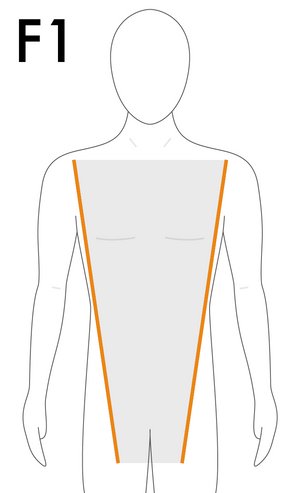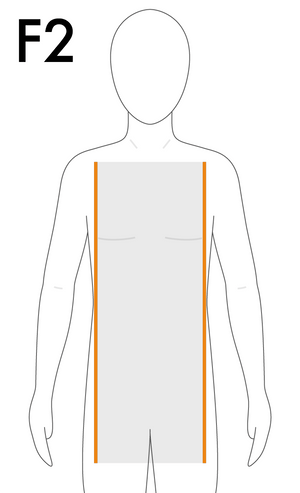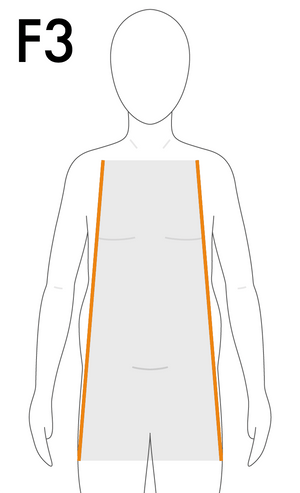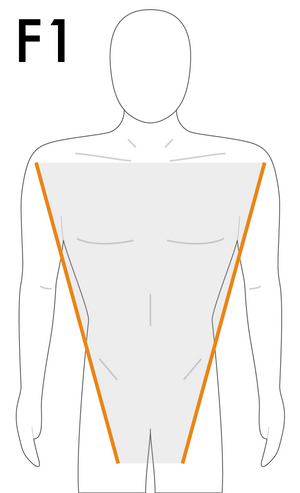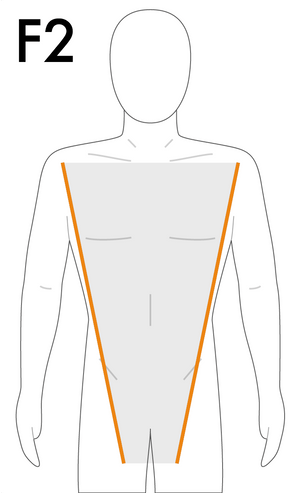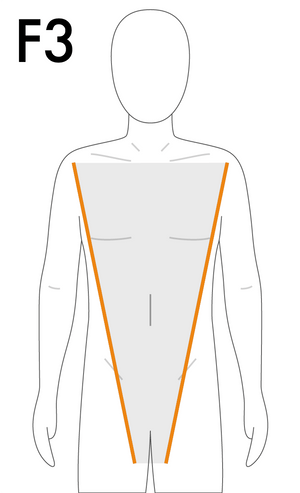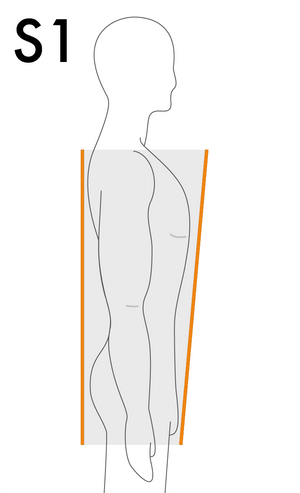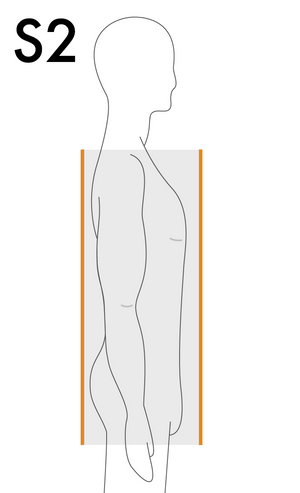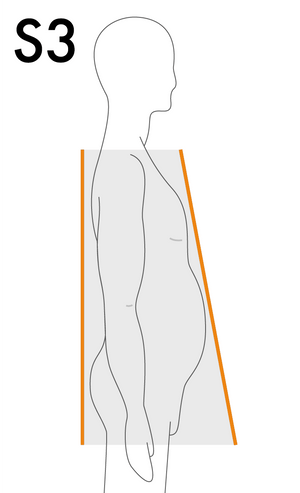Meet Kash: CTO of Perfitly
Since Otero Menswear and Perfitly have pioneered a new frontier in fashion technology and superior fit, we’d like to introduce you to one of the minds behind the Virtual Fitting Room technology: Meet Kash Vyas, the CTO of Perfitly.

Staff: Thanks for meeting with us, Kash. Can you tell us a bit about your background and how you came to work with Perfitly?
Kash: I’ve been in the technical space for more than twenty years. I got my degree in Mechanical Engineering from Rensselaer Polytechnic Institute (RPI), and immediately realized that it wasn’t what I wanted to do with my life. So, I moved directly to Wall Street, where I started working for an investment bank doing financial modelling and building tech systems to support financial trading, and I did that for about 10 years before deciding that I wanted to try something new. That’s when I met Dave Sharma (the guy that would eventually go on to found Perfitly). At the time, we were working together to create a startup called iRail, which facilitated business‐to-business transactions for the rail industry. We successfully developed that business for 6 years, and it helped me grow from a technologist into someone with exposure to sales and marketing, but we eventually wound down the start up and went our separate ways. I went on to work with companies like Amazon Web Services and Comcast, where I was focused on solving problems with online media (video delivery, management, scaling, that sort of thing). Mostly big media and business accounts. Over the years I’ve worked with industry giants and tiny companies, and I learned a lot from all of them.
Then, one day, about four years ago, Dave started looking at how online shopping works. How are people and businesses able to sustain selling clothes online when people don’t really know what they’re buying or how it will fit? Accounting for 30% returns, the free shipping is a huge waste cost for any online business, but online shopping is still clearly the future. Brick and mortar stores are closing right and left because people don’t want the bother, but there still aren’t truly simple ways to shop online.

The fashion industry is the most difficult to market online because customers never know how a garment will fit, so it’s all a guessing game. Men especially tend to either buy the same things over and over, buy nothing, or go to the physical store. Women are more likely to order many sizes of the same garments, and then either return the rest or forget and eat the extra charges. As the industry has changed, merchants are conditioning shoppers in the wrong way, and that results massive waste cost on both ends. Today, 30‐50% of clothes purchased online are returned due to fit, and that phenomenon eats into profits—you have to sell multiple garments to make up for the cost of every individual return. And all of that is on top of the environmental waste of shipping packages back and forth, product damage, and discarded packing materials.
Dave realized that there was a play to be made here, and so he brought the band back together from the prior startup. Together we identified the big market, the big challenge, the lack of solutions—and then we all decided that we’d only pursue the technology if we could come up with a realistic, 100% solution. And that was the beginning of the virtual dressing room. After four years of unprecedented research and development, we can now create 97% accurate avatars using only 5 simple measurements; we can create virtual fabrics, stitch them into virtual garments, and imbue them with real‐world properties like friction and gravity; we can layer those garments over the avatar so that they stretch and hang realistically; and we can offer customers the option to size up and down, to see how any single garment fits in multiple sizes and colors.

We’ve seen a lot of success and a lot of interest in passing out this solution for different companies like Otero that are interested in maximizing the online consumer experience.
So, what is your current job description?
I am one of the co‐founders, and the current CTO. My role here is to build and deploy the technology and make all of the tech work so that we can offer a better service to the market, onboard customers, make sure that their needs are met, and their sites are serviced appropriately so that their shoppers in turn have a fantastic experience.
What does that mean in day‐to‐day terms?
Some parts of my job are predictable—I’m in charge of technology development, and our long-term technology strategies, so I work with both the Montreal and the New York teams.

But, day‐to‐day, I wind up troubleshooting problems that I would never have imagined when we first launched the company.
For example, we are always working with a number of different brands to onboard their collections of clothing on an ongoing basis—as one a season is ending, there will be new collections coming out. One of the challenges that we run into is to make sure that we’re scaling appropriately and that we’re managing the work schedule for new collections (both new customers, new collections with existing customers); we have a pretty tight turnover for creating new virtual garments.
Well, a few weeks ago, we got a pattern from a brand that we’ve been working with for a while, and our first review of the files looked great, and we started on onboard the patterns. But as we started creating the fourth garment, we noticed that the pattern had three sleeves.
Our system was designed to cope with a lot of variables, and we had created several asymmetrical garments with one sleeve, but it never occurred to us that we would get specifications for a garment with three. We started by calling the manufacturer to make sure that we had the correct specifications, and they claimed that we did. So, then we had to call the designer, and it turns out that the pattern wasn’t a mistake. She had been experimenting with an optional, removable sleeve overlay that could be fitted over one side to create a different look for the same garment.

That was a challenge. We had to scramble the tech team to create internal modifications to our system that would accommodate for the possibility of a variable garment and monitor for the third sleeve. I had to juggle input from our internal designers, the original designer, the factory, and our technical designers to create an appropriate model for the third sleeve—and then had to modify our internal process so that it wouldn’t kick the design out as an error.
Odd little hitches like that come up all the time—the collections and different types of clothing we model sometimes boggle the mind. But they keep us on our toes, and we try to accommodate as much as we can.
Other than that…my day‐to‐day job is to go home, box all of the returns that my wife has shopped for online, and try to get my money back as quickly as possible. But hopefully that will stop soon, once Perfilty has rolled out to more and more online retailers.
Thank you Kash—for the innovation, and for sharing your story.
Founded in 2018 in Boulder, CO, USA by Steve Villanueva and Brett Lawrence, Otero Menswear is a men’s fashion lifestyle apparel brand. Otero Menswear seeks to make a positive difference in the world by offering apparel that fits the height, size and body type of the man who is 5’4” – 5’9”. Otero’s style is fashion‐forward and professional. Each piece is designed using texture, cut, styling and findings that empower the wearer’s specific body type by visibly leaning and lengthening his profile. Otero Menswear: redefining the measure of a man.
About PERFITLY
Founded in 2015 in NY, by Dave Sharma, Perfitly is an AR/VR, cloud‐enabled visualization solution that recreates the fitting room experience online. Perfitly allows the shopper to see exactly how clothing will look and fit via the simulation and real‐time visualization of a true‐to-life engineered e‐garment on an accurate body avatar of the shopper. This is delivered completely in‐home and visualized on a shopper's devices. Perfitly is a solution that creates value for both consumers and brands alike and has the potential to be a true game‐changer in the world of ecommerce. Online shoppers make more confident purchasing decisions, especially when it comes to size, fit and personal style of a garment. Brands and retailers reduce return rates, associated costs and better manage inventory, purchasing and design decisions, among others. To learn more, please visit www.perfitly.com.


